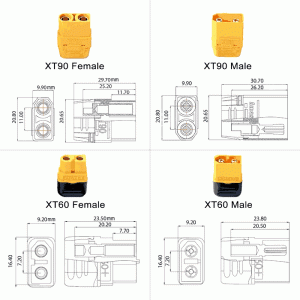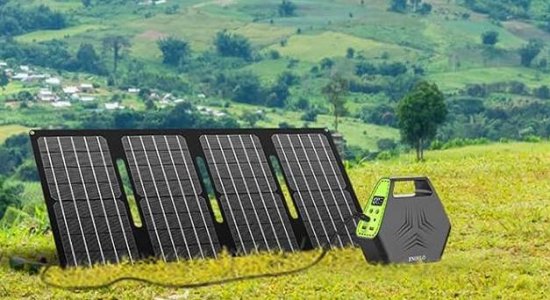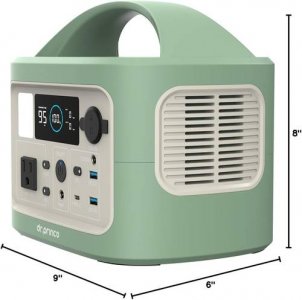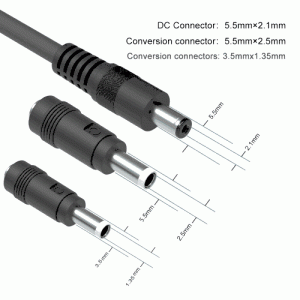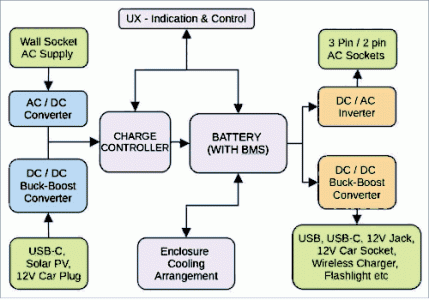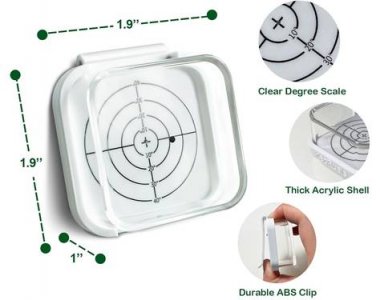dilettante
Well-known Member
- Location
- Michigan
I'm not into this in a big way. I have some solar-powered outdoor lighting and a 10 watt car battery trickle charger, but until now I've only looked over the shoulder at others who've dabbled in this.
One of my friends has done this while camping, but his 2-panel solar array struggles to crank out 60 watts in full sun in the Summer. He has a small "Jackery" brand battery pack and inverter he can pre-charge via AC at home first. But even then he can't get through a 3 day weekend even when sunny. And he isn't even powering much. The system is too small.
Keep in mind both of us range mostly within a couple of degrees +/- of the 45th Parallel North.
I recently got a deal on a Bluetti AC200L (2400 watts) + PV350D bundle for 50% off with free shipping (and I also got $217 in cash back rewards, so if we count that it was even cheaper).
The folding solar panel array has 4 segments and produces a nominal 350 watts in full sun. But it weighs 29 pounds and folded is about 32 by 27 inches. This is heavier and more awkward than you might imagine. While water-resistant, it can be left in the rain so you need a tarp or something too. You can clean off dust with a water hose at low pressure but that's about it. Unfolded it's about 103 wide by 32 inches, plus with kickstands holding it perpendicular to the sunlight you can't just use a tiny tarp.
The "power station" package needs even better water and dust protection. It weighs 63 pounds and even the manual says: "should be handled by 4 people or using a cart." Boy, is that right!
I haven't tried charging from the solar array yet, but we're well past the Summer Solstice anyway. But I plan to get to that soon. Right now cleaning up the leave is the priority.
I'd like to try Winter charging, but the unit shouldn't be charged below freezing so I'll have to run the cable outside for that test. The solar array can operate to -10C.
I don't buy a lot of toys, and that's what this is. Even with a good deal it's basically my Christmas present to myself, as early as we still are. Something to tinker with and explore.
Under some conditions it could serve as backup power for outages, and in an extended one the solar panels should help. I also have a small gasoline generator that must be run outdoors and that could be used to recharge this "power station" for more convenient use of generated power.
But even though this is a pretty robust unit: "If you have a 40W refrigerator, you can run it for about 34.7 hours."
You can add various expansion batteries at different capacities, up to 2 of them depending on the model. But these are also heavy as heck and cost nearly as much as the entire unit.
My initial impressions are that these are not as practical as the sellers (and the fans) would have us believe.
Does anyone else have experiences to share?
One of my friends has done this while camping, but his 2-panel solar array struggles to crank out 60 watts in full sun in the Summer. He has a small "Jackery" brand battery pack and inverter he can pre-charge via AC at home first. But even then he can't get through a 3 day weekend even when sunny. And he isn't even powering much. The system is too small.
Keep in mind both of us range mostly within a couple of degrees +/- of the 45th Parallel North.
I recently got a deal on a Bluetti AC200L (2400 watts) + PV350D bundle for 50% off with free shipping (and I also got $217 in cash back rewards, so if we count that it was even cheaper).
The folding solar panel array has 4 segments and produces a nominal 350 watts in full sun. But it weighs 29 pounds and folded is about 32 by 27 inches. This is heavier and more awkward than you might imagine. While water-resistant, it can be left in the rain so you need a tarp or something too. You can clean off dust with a water hose at low pressure but that's about it. Unfolded it's about 103 wide by 32 inches, plus with kickstands holding it perpendicular to the sunlight you can't just use a tiny tarp.
The "power station" package needs even better water and dust protection. It weighs 63 pounds and even the manual says: "should be handled by 4 people or using a cart." Boy, is that right!
I haven't tried charging from the solar array yet, but we're well past the Summer Solstice anyway. But I plan to get to that soon. Right now cleaning up the leave is the priority.
I'd like to try Winter charging, but the unit shouldn't be charged below freezing so I'll have to run the cable outside for that test. The solar array can operate to -10C.
I don't buy a lot of toys, and that's what this is. Even with a good deal it's basically my Christmas present to myself, as early as we still are. Something to tinker with and explore.
Under some conditions it could serve as backup power for outages, and in an extended one the solar panels should help. I also have a small gasoline generator that must be run outdoors and that could be used to recharge this "power station" for more convenient use of generated power.
But even though this is a pretty robust unit: "If you have a 40W refrigerator, you can run it for about 34.7 hours."
You can add various expansion batteries at different capacities, up to 2 of them depending on the model. But these are also heavy as heck and cost nearly as much as the entire unit.
My initial impressions are that these are not as practical as the sellers (and the fans) would have us believe.
Does anyone else have experiences to share?


